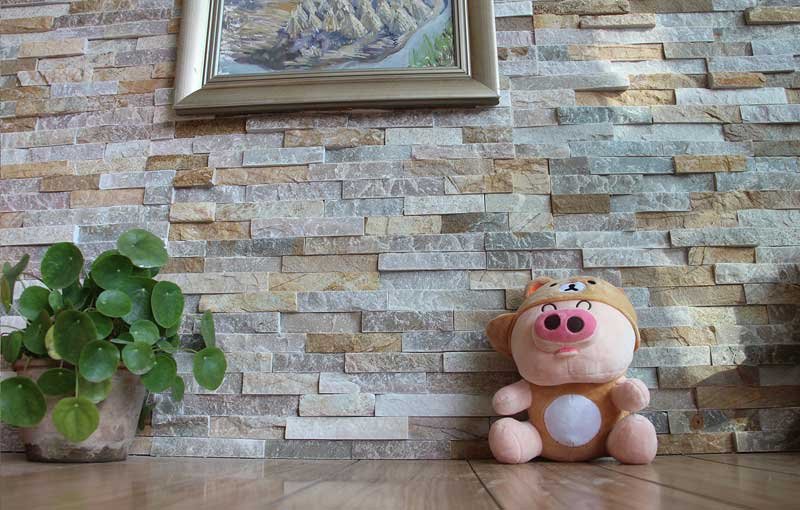Rivestimento esterno in pietra Può elevare l'estetica di qualsiasi spazio, ma ci sono momenti in cui potresti voler o doverlo rimuoverlo. Che si tratti di danni, progetti obsoleti o un progetto di ristrutturazione, la rimozione del rivestimento in pietra può essere un compito impegnativo che richiede un'attenta preparazione e strumenti adeguati. Ecco una guida dettagliata dettagliata per aiutarti a rimuovere efficacemente il rivestimento in pietra naturale senza causare danni inutili al muro sottostante.
-
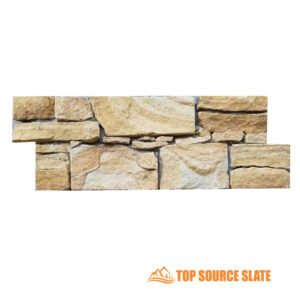 Rivestimento esterno in pietra naturale Z di nuovo stile
Rivestimento esterno in pietra naturale Z di nuovo stile -
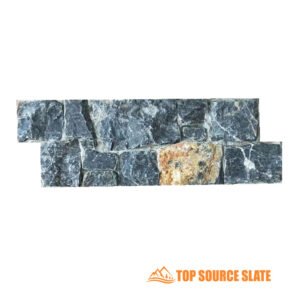 Rivestimento esterno in pietra naturale Z di nuovo stile
Rivestimento esterno in pietra naturale Z di nuovo stile -
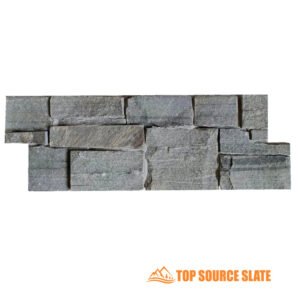 Pannelli in pietra naturale per esterni a prezzo all'ingrosso
Pannelli in pietra naturale per esterni a prezzo all'ingrosso -
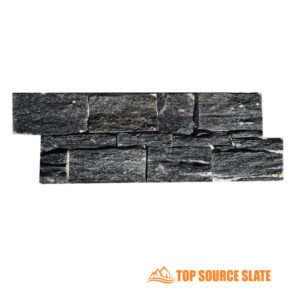 Camino in pietra impilata al quarzo nero
Camino in pietra impilata al quarzo nero -
 Rivestimento murale in pietra arenaria z con prezzo di fabbrica
Rivestimento murale in pietra arenaria z con prezzo di fabbrica -
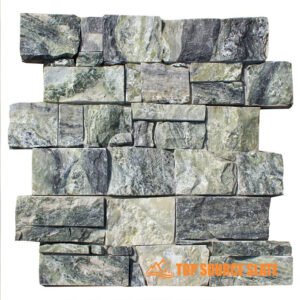 Pannelli di rivestimento in pietra Z ad incastro a prezzo di fabbrica
Pannelli di rivestimento in pietra Z ad incastro a prezzo di fabbrica -
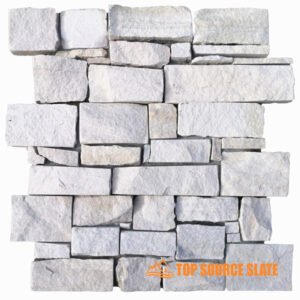 Camino in pietra impilata in arenaria bianca
Camino in pietra impilata in arenaria bianca -
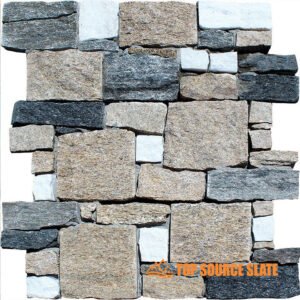 Decorazione esterna in pietra coltivata
Decorazione esterna in pietra coltivata -
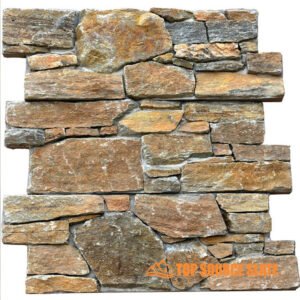 Rivestimento per pareti in ledgestone di quarzo rustico con piastrelle Z
Rivestimento per pareti in ledgestone di quarzo rustico con piastrelle Z -
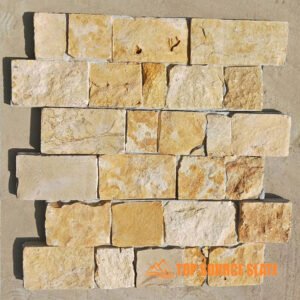 Prodotti in pietra coltivata con pannelli in ardesia splitface
Prodotti in pietra coltivata con pannelli in ardesia splitface -
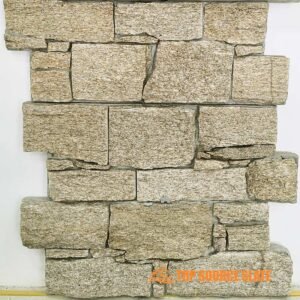 Rivestimento murale in pietra Granito Z
Rivestimento murale in pietra Granito Z -
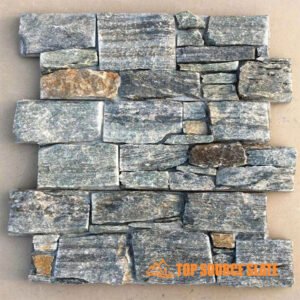 Fornitore cinese rivestimento in pietra impilata ad incastro con vari colori
Fornitore cinese rivestimento in pietra impilata ad incastro con vari colori -
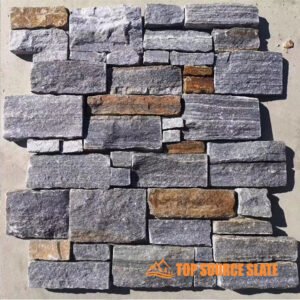 Ledgestone in pietra coltivata a forma di Z all'ingrosso in Cina
Ledgestone in pietra coltivata a forma di Z all'ingrosso in Cina -
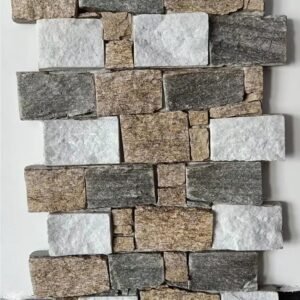 Pannelli Z di rivestimento in pietra ad incastro popolari in Cina
Pannelli Z di rivestimento in pietra ad incastro popolari in Cina -
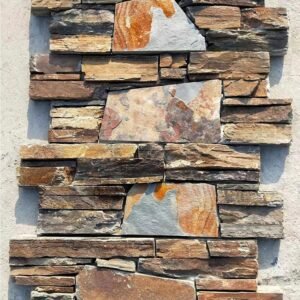 Esterno in pietra impiallacciata a secco in ardesia rustica
Esterno in pietra impiallacciata a secco in ardesia rustica -
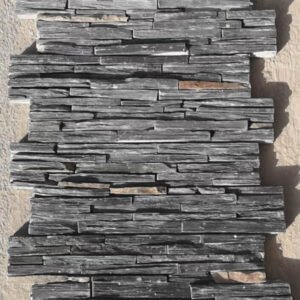 Pannelli impiallacciati in pietra sporgente con supporto in cemento ardesia nera
Pannelli impiallacciati in pietra sporgente con supporto in cemento ardesia nera -
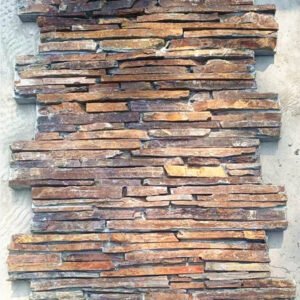 Pietra da cornicione naturale ad incastro con supporto in cemento ardesia multicolore
Pietra da cornicione naturale ad incastro con supporto in cemento ardesia multicolore -
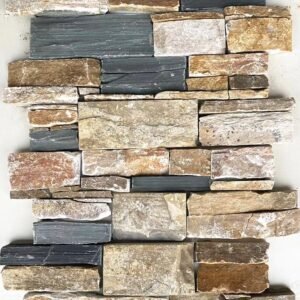 Piastrella da parete Stackstone Ledgestone naturale con supporto in cemento
Piastrella da parete Stackstone Ledgestone naturale con supporto in cemento -
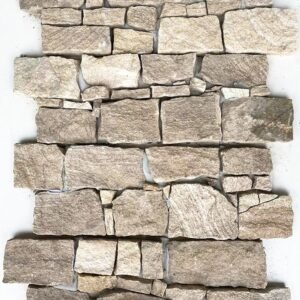 Rivestimento in pietra impilata con pannelli a forma di Z
Rivestimento in pietra impilata con pannelli a forma di Z -
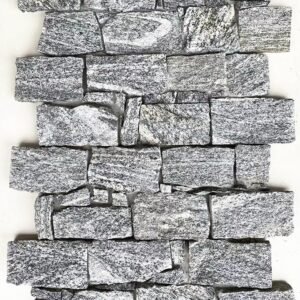 Ledgestone di vendita calda presentano pannelli di rivestimento per pareti
Ledgestone di vendita calda presentano pannelli di rivestimento per pareti
1. Valutazione del tipo di installazione
Prima di iniziare il processo di rimozione, è fondamentale determinare come è stato installato il rivestimento in pietra esterna. Questa valutazione determinerà gli strumenti, il tempo e i metodi richiesti per il lavoro.
Naturale aderente al mortaio Rivestimento in pietra
La maggior parte del rivestimento in pietra esterna è installata utilizzando il mortaio, che funge da agente di legame tra la pietra e la superficie della parete. Il rivestimento in pietra aderente al mortaio può essere trovato sia sulle pareti esterne che quelle interne. Quando aderito direttamente al mortaio, il processo di rimozione può essere ad alta intensità di manodopera perché ogni pietra deve essere scheggiata individualmente. Sfrugo intorno alle articolazioni della pietra dove si trova il mortaio è il modo più efficace per rimuovere ogni pezzo. I legami di mortaio sono generalmente difficili, quindi aspettati di applicare una forza significativa.
Rivestimento in pietra con fissaggi meccanici (installazione incorniciata)
In alcuni casi, rivestimento in pietra è installato su un framework, legno o metallo. Questo tipo di rivestimento è generalmente fisso con viti o chiodi e può essere rimosso in grandi sezioni. Toccando delicatamente il rivestimento e ascoltando un suono vuoto, è possibile determinare se il rivestimento è montato su un telaio di supporto. Il rivestimento in pietra naturale incorniciata è generalmente più facile da rimuovere perché l'intero pannello può spesso essere allontanato dal muro in pezzi più grandi, riducendo il travaglio. Tuttavia, sono necessarie cure extra per evitare di danneggiare il muro sotto.
Rivestimento in pietra impiallata
Thin stone veneer cladding is lighter and easier to remove compared to full-sized stone pieces. Veneers are typically adhered like tiles with a thin layer of mortar or adhesive. The removal process for veneers is similar to that of ceramic tiles, requiring a chisel or scraper to break the bond and lift the stones. Veneer removal is less laborious but still requires care to avoid gouging the wall.
2. Preparing for the Job
Proper preparation is essential for a successful exterior stone cladding removal. Not only will the right tools and safety precautions make the job easier, but they’ll also ensure you don’t cause excessive damage to the underlying wall.
Attrezzatura protettiva
When removing stone cladding, safety should be your top priority. Flying debris, sharp tools, and dust are common hazards during this process. Wear the following:
- Occhiali di sicurezza: Protect your eyes from flying chips of mortar and stone.
- Guanti: Heavy-duty work gloves prevent cuts from jagged stones and tools.
- Maschera antipolvere: Removing mortar or adhesive creates a lot of dust, which can irritate your lungs.
- Long Sleeves and Work Boots: These will protect your skin from cuts, abrasions, and heavy stone pieces.
Tools You’ll Need
Having the correct tools is vital to make the removal as efficient as possible. Some of the basic tools you will need include:
- Hammer and Cold Chisel: These are essential for manually breaking away the stone and mortar.
- Pry Bar: For prying large stone panels away from the wall, especially when working with framed installations.
- Power Drill with Masonry Bit: If the mortar is particularly stubborn, drilling holes into the mortar can make it easier to chisel away.
- Angle Grinder: This power tool helps cut through thick mortar or concrete joints in full-sized exterior stone cladding.
- Spazzola metallica: Use this to clean residual mortar and adhesive after removing the stone.
3. The Removal Process
Once you’ve assessed the type of installation and gathered the appropriate tools and safety gear, you can begin the removal process.
Step 1: Start at the Edges
The process of removing stone cladding should begin by focusing on the edges or corners of the installation. These areas are typically the easiest to access and provide a natural starting point for leverage. When you start at the edges, it reduces the risk of damaging large sections of the underlying wall and gives you a more controlled removal process.
1.1. Inserting the Tools
Use a cold chisel or a pry bar to wedge between the natural stone cladding and the wall. Start with small, light taps with a hammer to avoid damaging the wall structure underneath. The goal is to create enough space between the stone and the mortar so you can begin applying leverage to dislodge the stones. If the cladding is adhered directly with mortar, carefully chip away at the edges until you can access the mortar joints.
1.2. Gaining Leverage
Once you’ve loosened the edge stones, gently pry them off by applying consistent pressure with the pry bar. Be cautious, especially if the stones are large or heavy. Sudden jerks could cause cracks or chips in the underlying surface, especially if it’s a brick or drywall. If you notice the stone isn’t coming off easily, don’t force it—move on to the next section and come back once more has been loosened.
1.3. Avoiding Damage
Work slowly to avoid creating significant damage to the wall. By starting at the edges, you also avoid weakening the larger sections’ structural integrity, which could collapse or break if not handled carefully.
Step 2: Loosen the Mortar
Once the edges of the exterior stone cladding have been removed, the next challenge is to loosen the mortar. Mortar acts as the primary adhesive for stone cladding, and its removal requires a patient, systematic approach.
2.1. Chipping Away the Mortar
Use a hammer and chisel to carefully chip away the mortar surrounding the natural stone cladding. It’s best to angle your chisel into the mortar joints between stones rather than directly under them. This reduces the risk of damaging the wall while effectively breaking down the mortar. Mortar can be incredibly strong, so applying steady pressure is important. Repeated light blows are more effective and safer than hard strikes that could crack or damage the wall behind stone veneer cladding.
2.2. Drilling for Stubborn Mortar
For tougher, thicker layers of mortar, you may need to use a power drill with a masonry bit. Drilling holes into the mortar weakens its bond, making it easier to chisel out. This is particularly useful for older mortar that has had time to harden significantly. However, caution is advised when using power tools around delicate or drywall surfaces, as over-drilling can cause damage.
2.3. Checking for Progress
As you work through the mortar, periodically check how easily the stone is loosening. If the stone veneer cladding doesn’t move after removing the mortar around it, it may still be bonded in other areas. Move systematically from one stone to the next, ensuring that you remove all mortar without rushing, as doing so might leave parts of the cladding stuck.
Rivestimenti in pietra naturale: La Guida Completa
I pro ei contro del moderno rivestimento esterno in pietra
I 10 migliori grossisti di rivestimenti in pietra naturale nel Regno Unito
8 fattori per scegliere un grossista di rivestimenti per pareti in pietra naturale
Step 3: Use an Angle Grinder for Tough Mortar
In cases where mortar is particularly stubborn or thick, a hand chisel might not be sufficient. An angle grinder equipped with a diamond blade can be an invaluable tool for cutting through the mortar without damaging the wall.
3.1. Choosing the Right Tool
An angle grinder with a diamond or masonry blade is designed to cut through tough adhesive material like mortar. Before using it, ensure you have proper safety equipment: goggles, gloves, and a dust mask. Angle grinders produce dust and small debris, so working in a well-ventilated space is essential.
3.2. Cutting Through Mortar Joints
Run the angle grinder along the mortar joints between exterior stone wall cladding. The goal is to cut deep enough into the mortar that you weaken its grip on the stone without cutting into the wall underneath. Start at a low speed and gradually increase pressure if needed. The cutting action of the angle grinder will create a clean break between the stones and the wall, making them easier to remove with a pry bar or hammer.
3.3. Handling Thick or Solid Mortar
If the mortar is particularly thick, consider cutting across the stone and mortar in an “X” pattern. This helps divide the stone into smaller, more manageable sections. Once the mortar has been cut, you can use a chisel or pry bar to finish removing exterior cladding stone in pieces. Remember, an angle grinder is powerful, so avoid using too much force as this could risk damaging the wall.
Step 4: Remove Large Panels in Sections (For Framed Cladding)
For framed installations, where exterior stone cladding ideas are fixed to a wooden or metal frame, the process can be much quicker as large sections can be removed in one go.
4.1. Identifying Framed Installations
Framed stone cladding installations are mounted on a backing structure, typically wood or metal, which holds the cladding panels in place. Tapping on the wall can help identify framed sections, as they will sound hollow compared to mortar-adhered cladding. Once located, focus on removing the panels from the frame rather than individual stones.
4.2. Prying Off Large Panels
Insert a pry bar or large chisel between the panel and the frame. Apply steady, consistent pressure to separate the panel from the backing. In some cases, screws or nails will need to be removed before you can pry away the panel. Be cautious when pulling off large sections, as they can be heavy and may shift suddenly when released from the frame.
4.3. Managing Heavier Sections
If the cladding is particularly heavy, enlist assistance to help lower the panels once they’ve been freed from the frame. Dropping or mishandling large sections can damage surrounding areas or pose a safety risk.
4.4. Cleaning Up
Once the panels have been removed, there will likely be debris from screws, nails, or adhesive that held the frame in place. This should be cleared away using a wire brush or a similar tool, leaving a clean surface for future work.
4. Dealing with Wall Damage
After removing the stone cladding, it’s important to inspect the wall for any damage. Exterior Stone cladding, particularly mortar-adhered installations, can leave the surface underneath uneven or pitted with holes.
Repairing Wall Damage
- Patch Holes and Cracks: Use a high-quality patching compound to fill any holes left behind by mortar. Larger cracks or gouges may require a more substantial filler. Apply the compound evenly with a trowel, then sand it down for a smooth finish once dried.
- Reinforcing the Wall Surface: If the underlying wall has suffered significant damage, consider reinforcing it with a bonding agent or additional plaster before applying a new surface finish.
Cleaning Residual Mortar and Adhesive
After removing stone wall cladding panels, the wall is likely to have residual mortar or adhesive stuck to it. A stiff wire brush or power washer can be used to scrub away these remnants, leaving a clean surface ready for repairs or new installations.
5. Special Considerations
Veneer vs. Full-Sized Stones
There’s a difference between thin stone veneers and full-sized exterior wall stone cladding. Veneers are lighter and easier to remove, as they have typically adhered like tiles. Full-sized stone, however, requires more force and care, as they are heavier and often integral to the wall structure.
When to Call in Professionals
If you’re unsure about the removal process or dealing with a large area, it might be best to seek professional help. Specialized contractors can remove the cladding quickly and efficiently, minimizing potential damage to your property.
6. FAQ
1. What Tool is Used to Remove Stone Cladding?
To remove stone cladding, you’ll typically need a chisel, hammer, and a masonry pry bar. For larger areas, you might use a power drill with a chisel attachment or a jackhammer to help loosen the material. Protective gear, such as gloves and goggles, is essential during this process.
2. What is the Easiest Way to Remove Stone Veneer?
The easiest way to remove stone veneer is by following these steps:
- Score the grout lines around the stone veneer with a grinder or utility knife.
- Utilizzare a chisel and hammer to loosen the veneer at its edges.
- Pry off the veneer carefully with a masonry pry bar.
- For large sections or stubborn areas, use a power chisel to speed up the process.
3. What is the Difference Between Stone Cladding and Stone Veneer?
- Rivestimento in pietra: Refers to thin, natural or artificial stone pieces applied to the surface of a building’s exterior or interior for decorative purposes. It acts as a protective and aesthetic layer.
- Stone Veneer: Refers to thinner pieces of stone, often artificial, that mimic the appearance of natural stone. It is used in a similar manner to stone cladding but is typically lighter and easier to install.
4. How is Stone Cladding Attached?
Stone cladding is attached using cement-based adhesive O mortaio. It can be applied directly onto a prepared surface, such as concrete, or over a metal lath O tavola di cemento on framed structures. In some cases, mechanical anchors or clips are used for added support, especially on exterior surfaces.
7. Conclusion
Removing rivestimento esterno in pietra is a labor-intensive process that requires careful planning and proper tools. Whether your cladding is mortar-adhered or installed on a frame, the key to success lies in patience and precision. While small DIY projects are manageable, larger or more complex jobs may require professional assistance. By following these steps, you can effectively remove stone cladding and prepare your walls for the next stage of your renovation.
Se stai cercando produttori e fornitori di pietre accatastate, ti consigliamo di controllare i nostri prodotti.
- Medaglioni a mosaico 1010 prodotti
- Lastricato di pavimentazione pazzo 1414 prodotti
- Pietra sciolta casuale 1818 prodotti
- Pietra pila a secco 2424 prodotti
- Pietra Impilata Cascata 1717 prodotti
- Pietra impilata in marmo 1010 prodotti
- Piastrelle per pareti a faccia divisa 1515 prodotti
- Rivestimento murale Ledgestone 2828 prodotti
- Pietra Impilata 3737 prodotti
We have more than 18 years of export experience and offer samples before order placement.
Se hai bisogno di ulteriore aiuto o desideri discutere qualcosa di personalizzato, per favoreContattaci in qualsiasi momento.
E ci piacerebbe condividere la nostra esperienza per aiutare anche te!

